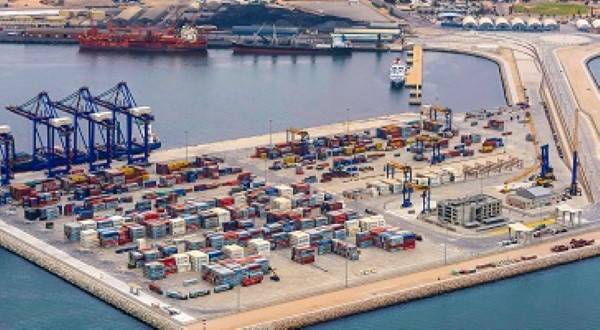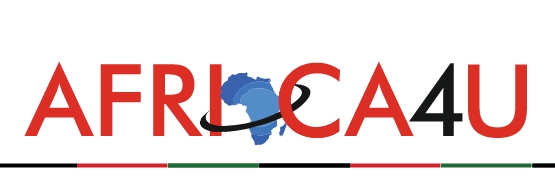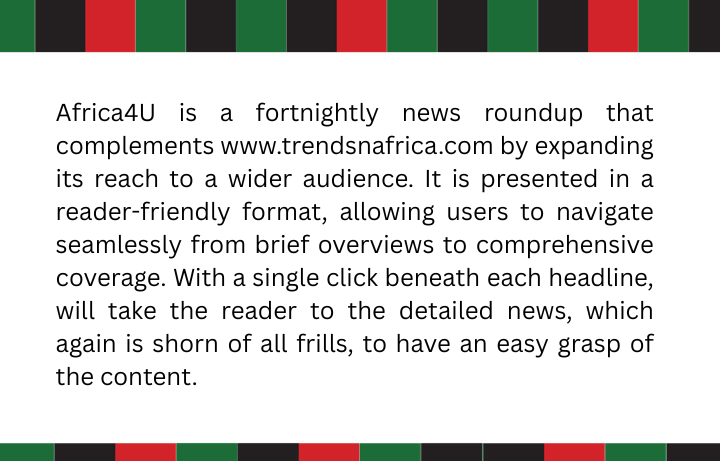(3 Minutes Read)
Namibia’s merchandise trade deficit widened substantially to N$13.5 billion during the first four months of 2024, compared to N$9.1 billion during the same period in 2023. The central bank attributed the increase primarily to declining export earnings, lower export volumes and prices for diamonds, and reduced uranium exports.
The higher import payments for consumer goods, machinery, base metals, and products of the chemical industry further contributed to the rise in the trade deficit, said the Bank of Namibia Governor Johannes !Gawaxab. Meanwhile, he highlighted the positive movement in international reserves which stood higher at N$55.6 billion as of 31 May 2024, from N$54.3 billion on 31 March 2024, supported by higher SACU receipts and customer foreign currency placements. At this level, the international reserves stock is estimated to cover 3.9 months of imports, remaining sufficient to sustain the currency peg between the Namibia Dollar and the South African Rand while meeting the country’s international financial obligations.
The import cover excluding hydrocarbon exploration-related imports, which are funded from abroad, stood higher at 4.4 months. This comes as the Monetary Policy Committee (MPC) meeting held on 17 and 18 June 2024 maintained the repo rate at its current level of 7.75 % following a comprehensive review of domestic, regional, and global economic developments. The decision aims to continue safeguarding the peg between the Namibia Dollar and the South African Rand while supporting the domestic economy.
The increase in output mainly came from the mining, electricity generation, wholesale and retail trade, tourism, communication, and transport sectors. However, moderation in Namibia’s real gross domestic product (GDP) grew from 4.2% in 2023 to 3.7% in 2024 due to an anticipated slowdown in the primary industry, partly due to drought conditions. On average, inflation slowed to 4.9% during the first five months of 2024, compared to 6.8% during the same period in 2023, attributing this deceleration mainly to lower food inflation.
A slight increase in monthly annual inflation outcomes since the previous MPC meeting, with inflation increasing to 4.9% in May 2024 from 4.5% in March 2024, driven by transport and housing inflation.!Gawaxab noted that annual growth in Private Sector Credit Extension moderated further to 1.6% in April 2024 from 1.7% in February 2023. This was due to lower credit uptake by households, particularly in the categories of mortgages and other loans, advances, and overdrafts.
Read Also:
https://trendsnafrica.com/namibia-records-n3-3bn-trade-deficit-in-september/
https://trendsnafrica.com/namibian-trade-deficit-widens-to-n4-9-billion/
Addressing commodity prices, !Gawaxab noted that most key commodities, except for diamonds, have seen price increases since the last MPC meeting. The price of gold continued to reach new highs, fuelled by safe-haven demand. The uranium spot price remained elevated, sustained by strong demand for cleaner, safer, and more secure energy, coupled with supply disruptions.





